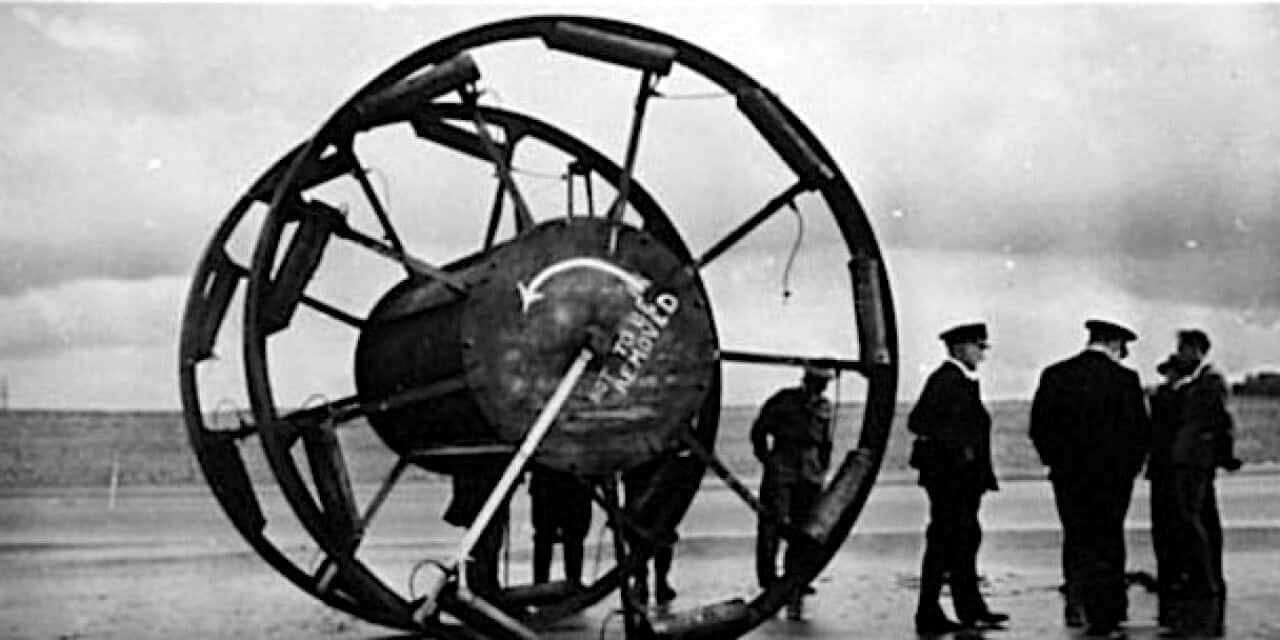A sad fact about human nature is that few things get the creative juices to flow more copiously than plans for mayhem and the designs of ever deadlier and more destructive weapons. However, while thoughts of mayhem often inspire creativity, success is not always guaranteed. Indeed, it seldom is, since for every great idea, there are usually many more bad ones. Which is how we end up with failed weapons like firearms with curved barrels or double-barreled artillery pieces. Following are thirty things about those and other failed weapons from history.

30. The Double-Barreled Cannon
The marriage of gunpowder and cannons revolutionized warfare. Heavy siege artillery rendered medieval castles obsolete, while lighter field pieces wreaked havoc upon infantry and cavalry within its range. Before modern breech-loading artillery, gunpowder muzzle-loaded field cannons used solid metal shots to reach out to distant targets. For closer targets within a few dozen yards, cannons were packed with smaller projectiles such as grapeshot, a bundle of small metal balls, or canister, even smaller metal balls. They transformed cannons into giant shotguns that mowed down everything in front of their muzzles. In practice, just about any bits of small metal fired from a cannon would produce a similar shotgun effect, and one of the deadliest was heavy chain.

When it exited the muzzle, chain would swirl around at incredible speeds, and chop down people in its path like an electric saw going through watermelons. Because mankind likes mayhem, that got some people to think: what if instead of one cannon that fired chain, we had twin cannons that fired a chain stretched between them? The idea was to have an artillery piece that simultaneously fired from two side-by-side barrels a pair of iron balls, with a taut chain between them. As the balls whirled around each other, the chain between them would scythe down enemy soldiers in its path like wheat. So in 1642, a Florentine gun maker named Antonio Petrini cast a double-barreled cannon to test out the concept.

